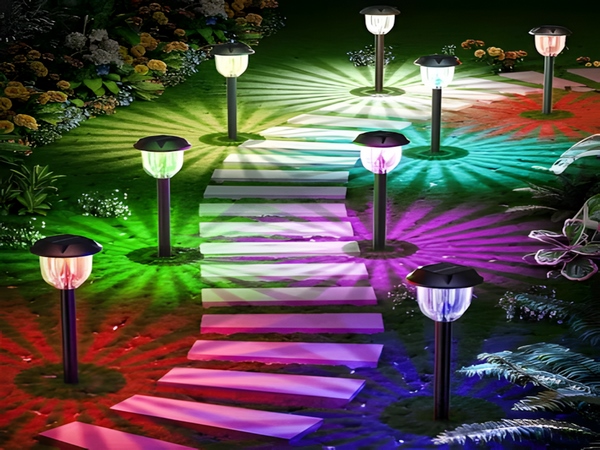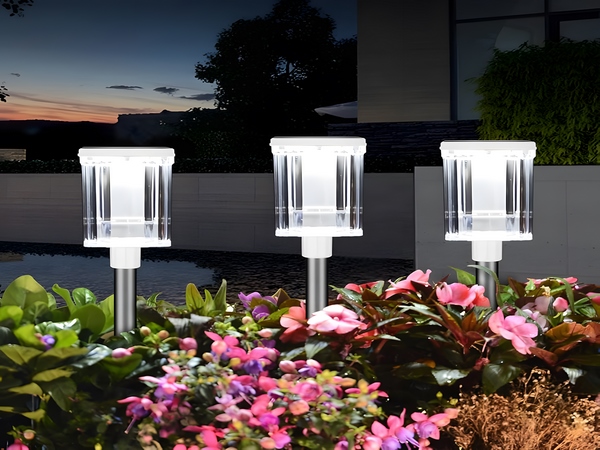

As a sustainable and renewable energy source, the prospect of solar energy is very appealing. Wherever the sunlight shines, this energy can be utilized. In our daily lives, aside from solar water heaters, we are often in contact with solar street lights, as well as emergency road signs, buoys, and other applications. However, once solar street lights are purchased, they need to be installed before use. What installation details should be considered for solar street lights? Below is an introduction by the editorial team at Century Sunshine Lighting.
Installation details to pay attention to for solar street lights:

1. Installation Location
The location for installing solar street lights must ensure that the solar panel is unobstructed above, with no obstacles blocking it. Any obstruction may affect its photoelectric conversion efficiency. Additionally, it is essential to avoid shaded areas and ensure that the solar panel can receive adequate sunlight and has enough sunlight exposure duration.
Furthermore, although solar street lights do not require digging trenches for laying cables as ordinary street lights do, it is still necessary to dig a hole for the concrete base. Therefore, when installing, be cautious to avoid areas where natural gas or other pipelines are buried to prevent any accidents.
2. Foundation
The specific installation depth and width should be determined based on parameters such as the height of the lamp post. Proper measurements should be taken according to the construction drawings. In addition, pay attention to the local soil conditions. During installation, ensure that the embedded parts, foundation, and the original ground are all at the same level, which will help ensure the vertical alignment of the lamp post with the ground.
3. Light Source and Solar Panel
When installing the solar panel, it is crucial to avoid wearing metal jewelry to prevent any interference with the panel. The connection to the wiring should be secure and protected against disconnection or leakage, ensuring that the connections are tight and visually appealing. The screws should be secure—not too loose, but also not overly tight to avoid damage from stripping.
Additionally, the angle and orientation of the solar panel during installation should be set to maximize sunlight exposure, not to be installed arbitrarily. This is essential to allow the panel to work at its best capacity.
This concludes our discussion on the installation details to consider for solar street lights. We hope this article is helpful to everyone. If you have any other questions about solar street lights that you would like to know more about, feel free to reach out. We look forward to discussing with you!



